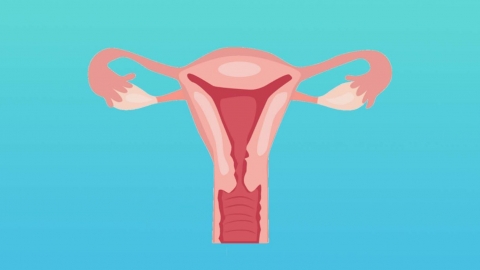What does it mean to have an anteverted uterus?
Anteversion of the uterus is a positional condition of the uterus, referring to the forward tilting of the uterine body toward the pubic symphysis. It is considered a normal uterine position, and most women have either an anteverted or retroverted uterus. Detailed analysis is as follows:

If the degree of uterine anteversion is mild and no other abnormalities are present, women typically experience no discomfort and their fertility and overall health are unaffected. This physiological form of uterine anteversion does not require special treatment and is considered a normal physiological phenomenon. Maintaining good personal hygiene and undergoing regular gynecological examinations are sufficient in such cases.
When uterine anteversion is accompanied by pathological conditions such as pelvic adhesions or uterine fibroids, symptoms such as pelvic discomfort, dysmenorrhea, or fertility issues may occur. For example, pelvic adhesions may cause abnormal anteversion angles of the uterus, and fibroids located on the anterior wall of the uterus may exacerbate the degree of anteversion. In such cases, treatment should target the underlying cause—for example, surgical removal of adhesions or excision of fibroids—to correct the uterine position and alleviate related symptoms.
In most cases, uterine anteversion is not a concern. However, if abnormal symptoms arise or difficulties in conceiving occur, timely medical evaluation is necessary to determine whether organic diseases are present. Additionally, avoiding prolonged sitting, maintaining good posture, reducing pelvic congestion, and promoting reproductive health are recommended in daily life.





